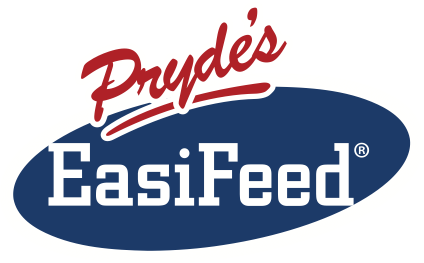Why do gastric ulcers appear in horses? here is why.
Gastric acid is continuously secreted into the lower area of the horse's stomach.
The glandular area secretes mucous to protect itself from the acid.
The top section of the stomach (squamous area) does not have any protection from the acid produced in the lower part of the stomach.
The top of the stomach relies on there being a physical barrier like high fibre feed in the stomach to stop the acid from the bottom 'splashing up' and damaging it and also on saliva to buffer it and keep the pH close to neutral.
When horses are exercised or become stressed with an empty stomach, the acid from the bottom of the stomach splashes up and damages the squamous mucosa, causing ulcers.
